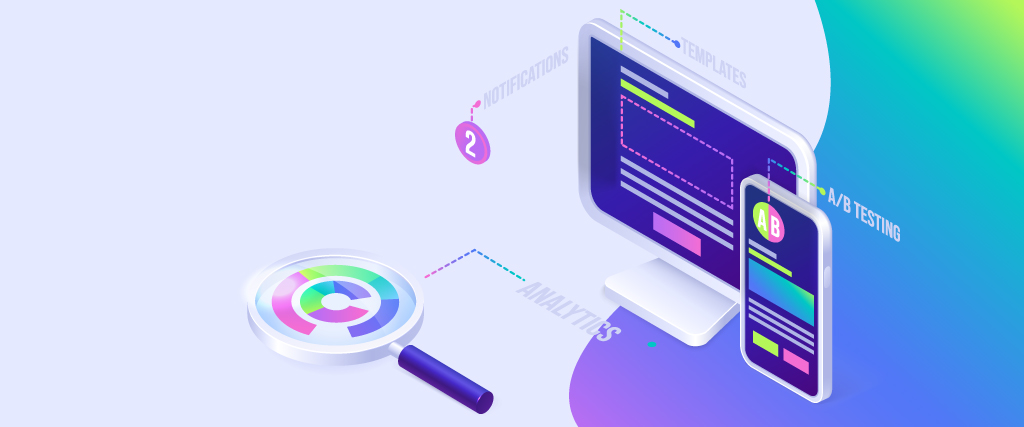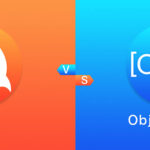Did you ever give a thought to why your favourite brands are moving towards progressive web applications? On a second note, how are they different from the usual mobile apps? Let’s clear your haze and know more about the rising technology trend.
Progressive Web Applications or PWAs for short, have taken the technology by storm over the past two years. It is one of the flourishing technology trends we have been using lately.
Unlike conventional applications, progressive web applications are a blend of normal web pages and a regular mobile application.
The traditional way of downloading an app from the playstore is no longer the only way to get an application on your device.
For instance, when you open ‘Flipkart’ on Google or Safari, it starts as a normal web page. While scrolling through the page, you see a sudden prompt saying “Add to Home Screen”, once you agree to that, VOILA, a PWA is added to your home screen. It functions similarly to an app rather than a webpage.
This is a new wave of technology in mobile app development, where developers discard the method of writing codes for building native applications. Instead, they create a web application that looks and works similar to a mobile app.
Progressive Web Apps (PWA) are built and enhanced with modern APIs to deliver amplified capabilities, reliability and installability while reaching everyone, everywhere, on any device with a single codebase. These three pillars create a new level of experience for the end-user.
Currently, PWAs are used by hundreds of brands in various sectors that range from travel to beauty, retail to entertainment.
It wouldn’t be an exaggeration to say that they are basically ruling the e-commerce companies and also retailers. Industries are consistently embracing the new technologies and blooming at great heights.
Let’s check out the powerful features behind the tremendous growth rate of Progressive Web Apps.
- Platform Independent
Usually developers are in a dilemma whether to choose an Android app or an iOS app. Much to their surprise, PWAs are platform independent and have nothing to do with Operating system of the device.
So, no more time-consuming discussions on which platform is better than the other.
- Not being listed on any app stores – Progressive Web Applications
A progressive web application functions as a native application. And being browser-based, they aren’t uploaded on any of the app stores.
That makes these more preferable as the stores have now become stricter for uploading apps much to developers’ dismay.
- Highly secure & reliable
PWAs are served using HTTPS which even Google relies on. Therefore your PWA is highly secure and reliable to use and does not impose any kind of virus on your device.
- Device storage
Well, most of us don’t download most of the applications despite their numerous advantages, thinking they might eat away all the storage. Much to your relief, PWAs don’t use storage space as the traditional apps do.
- User Experience
Progressive Web Applications (PWA) were invented by Google in order to load the content of the app sooner than later irrespective of the network condition. It also removes the hassle of downloading an application which usually takes time.
If this isn’t a better user experience, I don’t know what is.
- Cost Effective
Developers can reduce the pain of creating apps for all platforms. They can save money instead of investing in App store optimization, and receiving app reviews. Basically, building apps faster take much time and can cost you an arm and a leg. Therefore, companies can save a lot of money and at the same time build a replica of the usual mobile application.
Here are some of progressive web applications examples
1. AliExpress
AliExpress, the world’s largest B2B website, serves suppliers and buyers in more than 200 countries. Building an amazing user experience for both types of users is a crucial part of their success. The ‘Add to Homescreen’ prompt has made the users engaging four times more than the usual mobile users.
2. Flipkart – Progressive Web Applications
Flipkart, India’s biggest e-commerce site, has tripled time-on-site with their Progressive Web App. Due to PWAs users with low network issues can also visit the site instantly.
Forbes, a global media company, turned to a progressive web app to improve consumption of time for their readers. As a result, Forbes saw a 43% increase in sessions and 100% increase in user engagement.
4. The Weather Channel
The Weather Channel, the company behind Weather.com, has always been opened to the new technologies to maintain their constant position. They saw an 80% improvement in load time due to PWA. This technology has made them efficient by enabling support for over 50+ languages.
5. Twitter
Twitter has one of the best designed progressive web applications that offers an effective combination of reliability and engaging user experience. According to Google case study, around 250,000 Twitter members use the PWA directly at an average frequency of 4 times per day.
Summing up
There’s no doubt in admitting that Progressive Web Application technology is a reckoning force that has the ability to change the dimensions of the e-commerce industry.
A PWA is a type of application software delivered through the web, built using common web technologies. It helps to improve conversions by increasing potential reach with low purchasing costs.
This technology is being applied across various platforms and helping them succeed in improving the entire user experience. This article is merely a prologue for progressive web apps.
We could learn a lot more to make that app-like experience users are looking for. PWA is growing at a lightning speed and in no time it might take over the future of mobile app development industry.
Read More: HOW PROGRESSIVE WEB APPS BENEFITS TO IMPROVE YOUR BUSINESS























